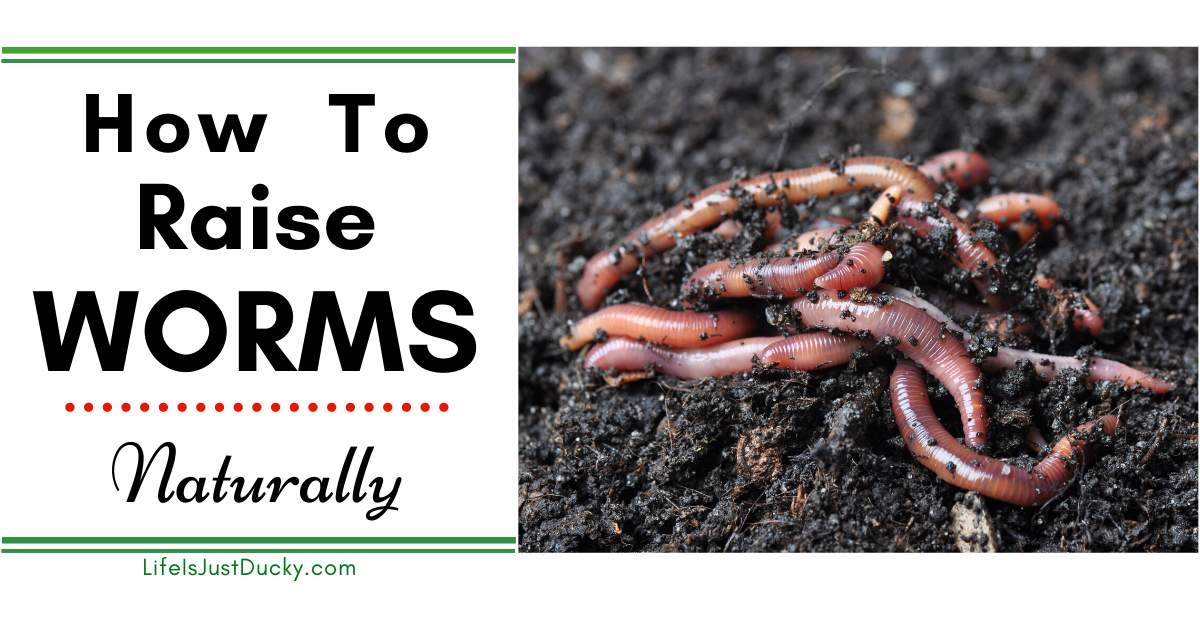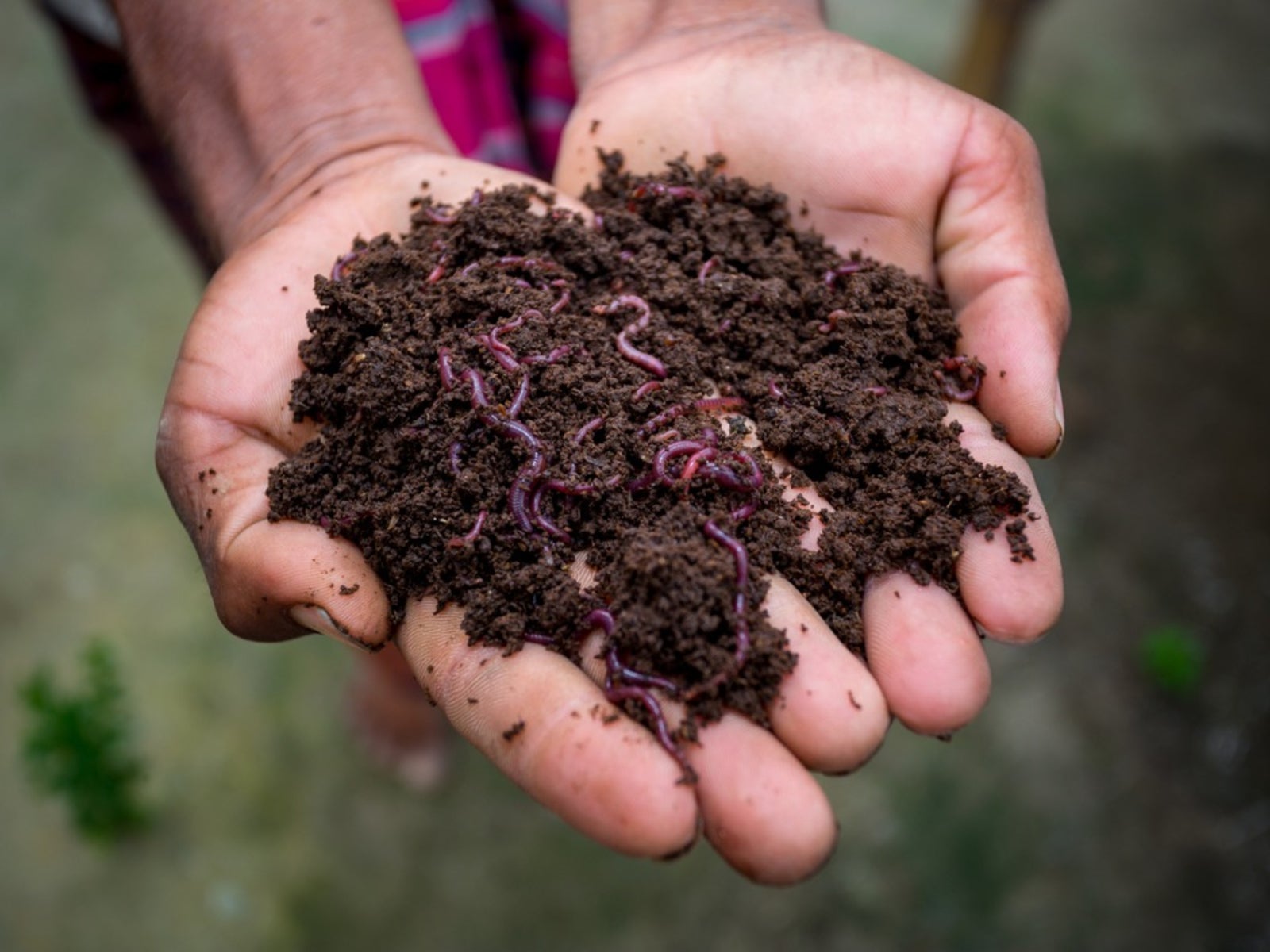Exploring the Devices of Red Wiggler Composting: A Comprehensive Guide to the Refine and Its Favorable Influence On Sustainable Gardening Practices
The complex devices of red wiggler composting, using the special physiology of Eisenia fetida, present a compelling method for boosting sustainable gardening techniques. As city horticulture gains traction, comprehending the nuances of this composting technique comes to be significantly appropriate.
Comprehending Red Wigglers
Red wigglers, medically called Eisenia fetida, are a varieties of earthworm highly concerned for their efficiency in composting organic waste. These worms prosper in nutrient-rich atmospheres, especially in rotting organic issue, making them perfect for vermicomposting systems - Red Wiggler Composting. Characterized by their reddish-brown pigmentation and segmented bodies, red wigglers are smaller than common earthworms, usually measuring in between three to 4 inches in length
Their distinct physical qualities enhance their composting capabilities; as an example, they possess a high reproductive rate, enabling populaces to increase quickly under suitable problems. Red wigglers take in natural product, simplifying through their digestive systems, which causes nutrient-rich castings that offer as an outstanding natural plant food. Their voracious hunger enables them to refine big volumes of food waste successfully, significantly minimizing land fill contributions.
In addition to their composting expertise, red wigglers play a crucial function in soil health. Red Wiggler Composting. They freshen the dirt and assist in the decay of organic issue, additional enriching the dirt ecological community. Recognizing the attributes and ecological benefits of red wigglers is vital for any person seeking to implement sustainable horticulture techniques with effective composting techniques
The Composting Refine
The composting process includes damaging down organic materials right into nutrient-rich garden compost, a job that red wigglers excel at due to their specialized digestive system systems. These worms consume food scraps, lawn waste, and other raw material, changing them into important garden compost with a series of biological and chemical procedures.
Initially, the organic matter is blended with bedding materials such as shredded paper or dried fallen leaves, creating an ideal atmosphere for the worms. As the red wigglers ingest this mixture, they damage it down via their intestine, where microbes further break down the product. This procedure generates warmth, promoting microbial task, which accelerates decay.

Advantages of Red Wiggler Composting
Several gardeners and eco-conscious people acknowledge the various benefits of red wiggler composting, making it a preferred choice for reliable waste monitoring. Among the primary advantages is its capability to considerably lower organic waste in landfills - Red Wiggler Composting. Red wigglers successfully damage down kitchen area scraps and other eco-friendly products, changing them into nutrient-rich vermicompost that improves dirt health and wellness
Moreover, red wiggler composting enhances dirt framework and fertility. The resulting vermicompost is including helpful bacteria, which advertise plant development and boost nutrient retention. This natural fertilizer not only sustains sustainable gardening techniques but also decreases reliance on chemical plant foods, promoting a go to this web-site healthier community.
Furthermore, red wiggler composting is a space-efficient approach, making it ideal for urban garden enthusiasts with limited room. The process can be conducted inside or outdoors, permitting year-round composting despite environment problems. Red wigglers are low-maintenance microorganisms that need minimal care, making them obtainable for beginner garden enthusiasts.
Basically, the advantages of red wiggler composting prolong past waste reduction; they add to healthier dirts, sustainable gardening methods, and ecological stewardship, placing it as a valuable practice in modern-day cultivation.
Best Practices for Composting
For successful red wiggler composting, sticking to finest practices is vital to maximize efficiency and make sure an effective environment for these worms. It is vital to keep a suitable carbon-to-nitrogen proportion, ideally around 30:1. This equilibrium promotes optimum decay and improves the worms' health and wellness. Integrate a mix of green products, such as vegetable scraps, and brown products like shredded paper or cardboard.
Following, display moisture levels, going for a damp, sponge-like consistency. Overly wet conditions can lead to anaerobic disintegration, while excessive dry skin may impede worm task. Additionally, make sure appropriate oygenation by transforming the compost routinely, which helps prevent compaction and permits appropriate oxygen flow.
Temperature level is an additional essential variable. Maintain a series of 55 ° F to 77 ° F(13 ° C to 25 ° C) to promote worm activity and microbial development. Prevent introducing meat, dairy, and oily foods, as these can attract parasites and produce smells.
Enhancing Lasting Horticulture
Sustainable horticulture symbolizes an all natural method that harmonizes eco-friendly concepts with sensible horticulture see this website techniques. By incorporating methods such as red wiggler composting, garden enthusiasts can considerably boost their practices, cultivating an extra resilient ecosystem. Red wigglers, renowned for their efficient decay abilities, convert organic waste into nutrient-rich garden compost, thereby enriching the dirt without counting on chemical fertilizers.
Implementing sustainable horticulture techniques, such as crop rotation, friend growing, and mulching, additional complements the benefits of composting. These techniques not just enhance soil structure and fertility however additionally promote biodiversity, attracting helpful insects and organisms that add to grow wellness. In addition, using indigenous plants can decrease water intake and decrease upkeep, lining up with water conservation initiatives.

Verdict
In final thought, red wiggler composting represents an essential approach for enhancing lasting horticulture techniques. The efficient food digestion of organic waste by Eisenia fetida not only produces nutrient-rich vermicompost but likewise cultivates improved soil wellness and framework. By promoting cardio find out here disintegration, this technique decreases odors and waste while minimizing reliance on chemical plant foods. Inevitably, the adoption of red wiggler composting can dramatically add to eco-friendly horticulture, profiting both city and beginner garden enthusiasts in their cultivation initiatives.
The elaborate mechanisms of red wiggler composting, utilizing the distinct physiology of Eisenia fetida, provide an engaging method for boosting lasting gardening methods. Comprehending the attributes and eco-friendly benefits of red wigglers is vital for anyone looking to carry out sustainable horticulture techniques via reliable composting techniques.

In conclusion, red wiggler composting stands for an important method for enhancing sustainable horticulture methods. Inevitably, the adoption of red wiggler composting can substantially contribute to green horticulture, profiting both city and newbie garden enthusiasts in their cultivation initiatives.
Comments on “Red Wiggler Composting: How to Begin and Keep an Efficient Worm Container”